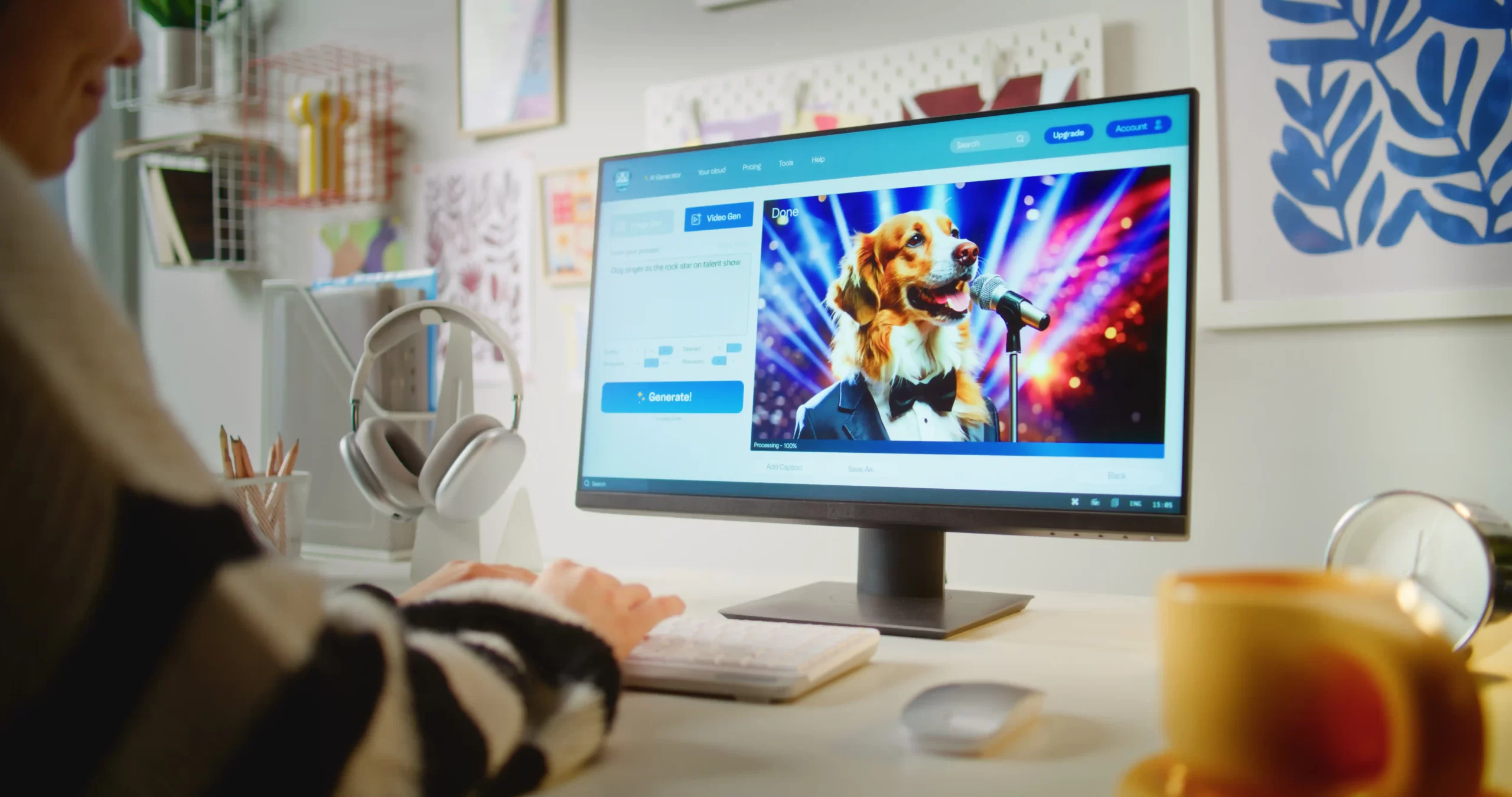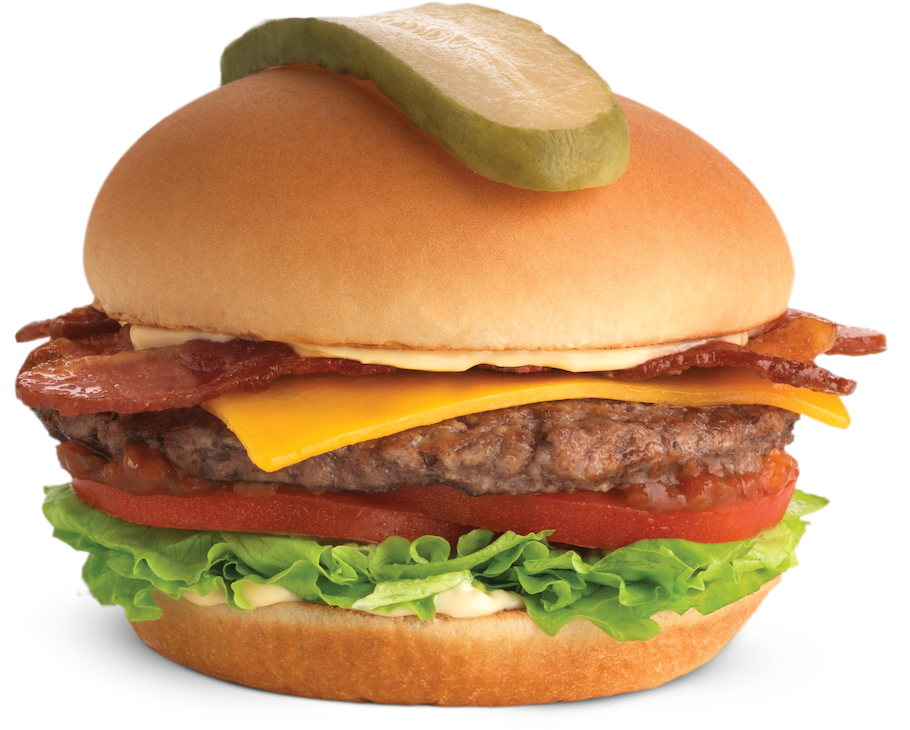
The Top 5 Pros and Cons of AI Image-to-Video Tools for Marketers

The Top 5 Pros and Cons of AI Image-to-Video Tools for Marketers
AI-powered image-to-video tools provide a game-changing solution by transforming static images into dynamic video content—delivering compelling visuals quickly and efficiently. Platforms like Kling and Runway ML’s Gen‑3 Alpha have emerged as top choices, offering innovative features that simplify production while ensuring high-quality output.
This article breaks down the top five practical benefits of using AI image-to-video tools for marketers, presenting two pros and two cons for each benefit. Reviewing these benefits and drawbacks offers practical insights on how this technology can improve your video marketing efforts and guide you in selecting the ideal tool for your brand. Additionally, the video examples below demonstrate how static images can be transformed into dynamic real estate videos or product placement videos for social media marketing.
1. Save Time on Video Production
Creating high-quality videos traditionally requires extensive planning, shooting, and editing. With AI image-to-video tools, you can upload a still image and let the technology handle the rest. This streamlined process allows you to generate engaging videos in a fraction of the time compared to conventional methods, though the quality and customization are not perfect (yet).
Pros:
- Rapid Creation: AI tools generate videos quickly by automating the editing and animation process.
- Streamlined Workflow: They reduce the need for extensive filming and post-production work, letting you launch campaigns faster.
Cons:
- Quality Variance: Automated processes might sometimes produce inconsistent results compared to a fully curated production.
- Limited Nuance: The rapid output may lack the refined adjustments that a human touch could add.
2. Reduce Video Production Costs
By automating the video creation process, AI tools eliminate the need for expensive equipment, and location shoots, however, the quality can be hit and miss and it is currently not available in 4K quality. This cost-effective approach allows marketers to create high-quality video content without stretching their budgets.
Pros:
- Lower Filming Expenses: With AI, you eliminate costs related to shooting, equipment, and location fees.
- Asset Repurposing: Existing images can be converted into videos, maximizing your resources without extra investment.
Cons:
- Subscription Costs: Some platforms require ongoing fees that may add up over time.
- Initial Investment: Transitioning to AI-based tools might involve upfront costs or training expenses.
3. Increase Audience Engagement
Videos are known to capture attention more effectively than static images. AI image-to-video tools generate dynamic visuals that can enhance your content’s appeal and drive higher engagement on platforms like social media and websites.
Pros:
- Enhanced Appeal: Dynamic videos created from static images capture attention and increase viewer engagement.
- Social Media Impact: Videos are more shareable on platforms like Instagram and TikTok, driving better reach.
Cons:
- Audience Variability: Not every AI-generated video will resonate equally across all demographics.
- Authenticity Concerns: Some audiences might perceive automated visuals as less authentic than traditionally produced content.
4. Enhance Creative Flexibility
AI-powered tools give you the freedom to experiment with different visual styles and motion effects without the need for a full production crew. You can easily fine-tune aspects such as camera angles, colours, and object movement to align with your brand’s creative vision.
Pros:
- Experimentation: Enjoy the freedom to test various motion effects, transitions, and camera movements to match your brand’s vision.
- Customization Options: Both Kling and Runway ML offer settings to fine-tune the output, ensuring your video aligns with your creative goals.
Cons:
- Learning Curve: Maximizing creative flexibility may require time to master the platform’s features.
- Risk of Over-Customization: Excessive tweaking can sometimes result in inconsistent quality or an overly busy final product.
5. Access Versatile Use Cases
The applications of image-to-video technology extend across various marketing channels. Whether you’re looking to create social media clips, product demos, real estate tours, or brand storytelling videos, these tools adapt to your content needs.
Pros:
- Wide Application: From real estate tours to product demos and brand storytelling, these tools can adapt to various marketing needs.
- Multi-Channel Utility: The generated videos can be repurposed across different platforms, enhancing your content strategy.
Cons:
- Specificity Needed: Some use cases may demand additional refinement to perfectly match your industry’s standards.
- Brand Alignment: Not every video format produced by AI will suit every brand style without customization.
Comparing Top Tools: Kling vs. Runway ML’s Gen‑3 Alpha
We recently applied Kling and Runway ML using the below two images from Prime Focus Pictures to create a short video for real estate marketing. The directions we provided were: “glide the camera left to right”. See the results in the video below:
The Original Images
These real estate photos were provided to Create Video by Jan at Prime Focus Pictures.


Kling Product Placement Test for Social Media Ads
Since Kling offered a better result, we decided to test it with product placement in a vertical format. We tested Kling using the below two images and this prompt: “The female model is eating the burger and enjoying it. There is a very slow camera push-in.” See the results below:
The Original Images
The above clip features just these two images: a model from the stock footage site Pexels eating a White Spot burger.


The Results
Kling:
Pros:
- Exceptionally reliable with outputs that closely follow prompts, ensuring consistent quality.
- Intuitive, user-friendly interface that enables rapid video creation without technical hassles.
Cons:
- Fewer advanced customization options compared to more complex tools, though this simplicity benefits everyday marketing.
- Processing times are slower than Runway, typically 8-10 minutes per scene.
Runway ML’s Gen‑3 Alpha:
Pros:
- Offers advanced customization features for those needing detailed control in niche projects.
- Capable of high-quality visuals in controlled scenarios.
Cons:
- Steeper learning curve and inconsistent prompt adherence, making it less reliable for quick, routine marketing tasks.
- Higher costs and increased complexity that many marketers find impractical for day-to-day use.
Conclusion
AI image-to-video technology offers major advantages like rapid production, reduced costs, and increased engagement. While both Kling and Runway have trade-offs—such as quality variations—the overall analysis shows that Kling stands out as the superior choice for marketers. It delivers fast, user-friendly results that effectively meet the demands of dynamic video marketing, making it a clear winner in this space.
At Create Video, we harness this innovative AI image-to-video technology to enhance the results of your marketing campaigns. Our AI video experts work with your marketing team to convert existing visual content into custom AI video content to ensure your messages effectively reach your target audience. Contact us today to learn how our image-to-video AI solutions can improve your marketing strategy and achieve your business goals.


Write a Comment
You must be logged in to post a comment.